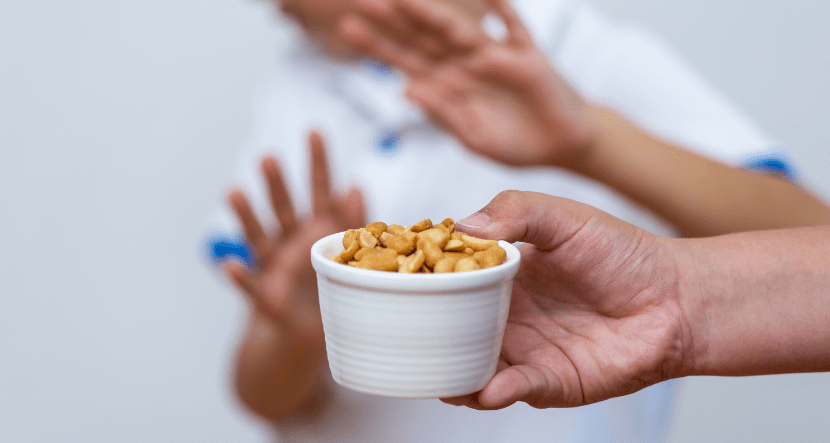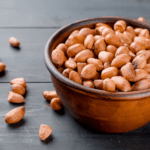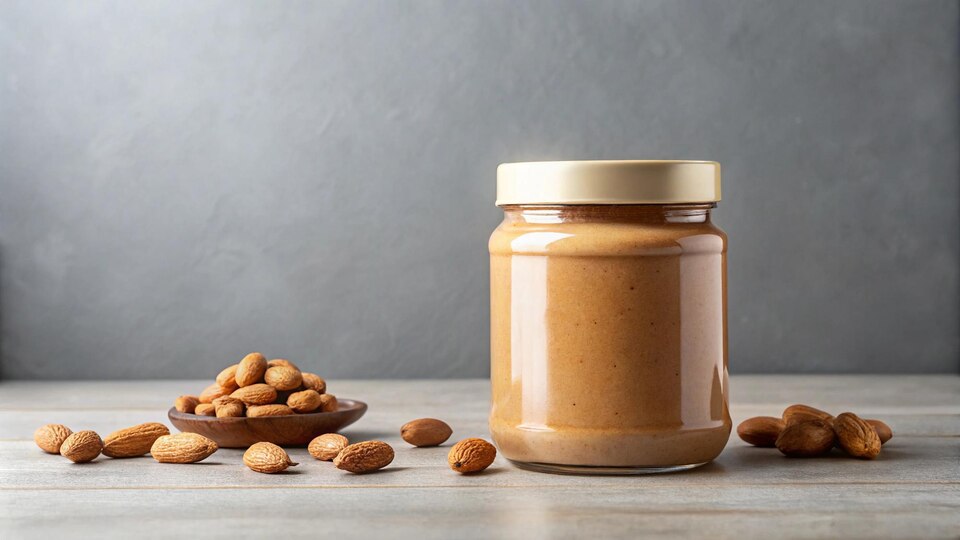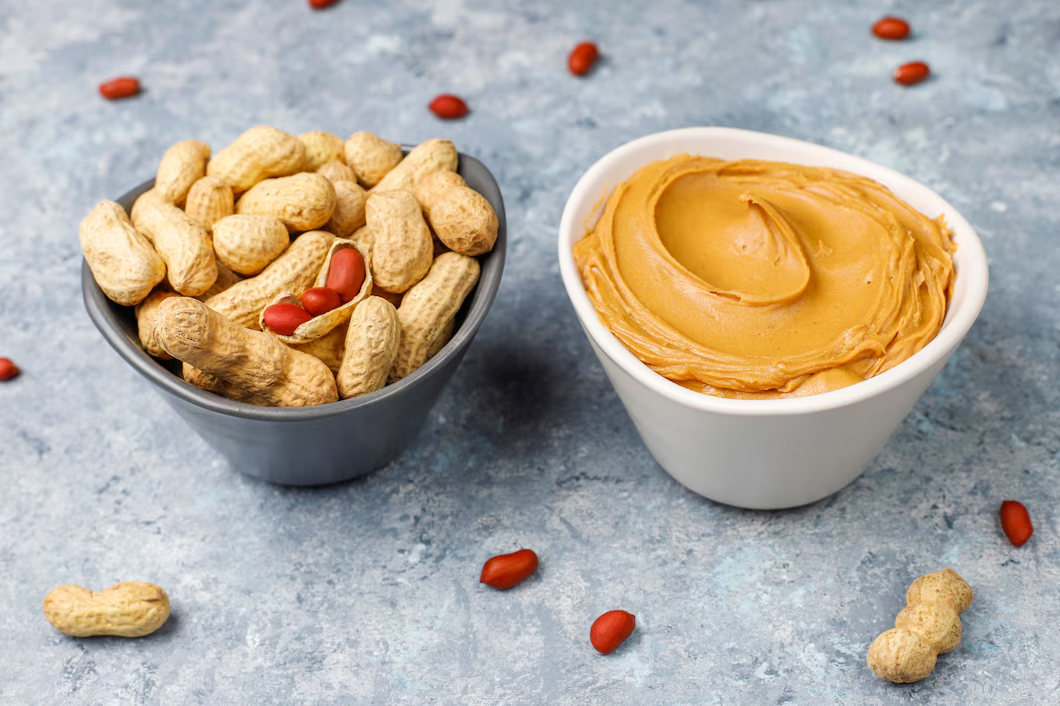
Peanut Butter and Allergies: Navigating the Fine Line Between Enjoyment and Safety
Peanut butter is a beloved household staple, prized for its creamy texture, versatility,and delicious taste. Yet, the rising peanut allergy rates make it essential to learn how to safely enjoy this favourite spread.
I. Understanding Peanut Allergies
A. What is a peanut allergy?
A peanut allergy is an adverse reaction that occurs when the immune systemidentifies the proteins found in peanuts as harmful substances. This recognition triggers an immune response, resulting in a range of symptoms or even life-threatening reactions.
B. Common symptoms and reactions
Symptoms of a peanut allergy can vary from mild to severe and may include itching, hives, swelling, abdominal pain, difficulty breathing, or anaphylaxis. It is vital to recognize these symptoms promptly and take appropriate action.
C. Impact on daily life
Living with a peanut allergy can significantly impact an individual’s daily life. The constant need to be vigilant about avoiding peanuts, checking labels carefully, and managing potential cross contamination can be emotionally and socially challenging.
II. The Science Behind Peanut Allergies
A. Immune system response
When someone with a peanut allergy consumes or comes into contact with peanuts, their immune system identifies the proteins as allergens, leading to the release of histamines and other chemicals. This immune response can trigger the symptoms experienced by those with a peanut allergy.
B. Allergen identification
Researchers have identified various allergenic proteins present in peanuts, including Ara h 1, Ara h 2, and Ara h 3. Understanding the specific proteins responsible for allergic reactions helps develop better diagnostic tests and potential treatments.
C. Cross-contamination risks
Cross-contamination poses a significant risk for individuals with peanut allergies. Even minimal contact with peanuts can trigger a reaction. Shared manufacturing equipment or improperly cleaned utensils may lead to accidental exposure.
III. Enjoying Peanut Butter Safely
A. Reading food labels
When it comes to peanut allergies, meticulously reading food labels is essential. Look for clear indications of peanuts or any traces of peanuts in the list of ingredients. Some products may state “may contain peanuts,” alerting individuals to the risk of cross-contamination.
B. Identifying hidden sources of peanuts
Peanuts can appear in unexpected places, such as certain sauces, dressings, and baked goods. It is vital to familiarise oneself with potential hidden sources of peanuts to avoid accidental consumption.
C. Safe preparation techniques
Ensure that all surfaces and utensils are thoroughly cleaned before preparing or handling food for someone with a peanut allergy. Separate utensils designated for peanut-free foods can help minimise the risk of cross-contamination.
IV. Managing Peanut Allergies
A. Emergency action plans
Being prepared for a potential allergic reaction is crucial. Developing an emergency action plan with clear instructions on how to handle a severe reaction and administering appropriate medication, such as epinephrine, is vital.
B. Epinephrine auto-injectors
Individuals at risk of severe allergic reactions should carry epinephrine auto-injectors at all times. These devices provide immediate administration of epinephrine, which can help counteract severe symptoms and potentially save lives.
C. Communicating with schools, restaurants, and others
Openly communicating with schools, restaurants, and anyone responsible for providing meals is vital. Informing them of the peanut allergy enables appropriate accommodations to be made, minimising the risk of accidental exposure.
V. Cooking and Baking with Peanut Allergies
A. Safe peanut butter substitutions
When cooking or baking for individuals with peanut allergies, safe substitutions are crucial. Using alternatives like sunflower seed butter, almond butter, or soynut butter can ensure the flavours and textures of your recipes remain intact.
B. Nut-free recipes
Exploring nut-free recipes not only opens up new culinary possibilities but also provides peace of mind for those with peanut allergies. Look for recipes that focus on using ingredients like oats, seeds, or coconut as alternatives.
C. Allergen-free cooking tips
When cooking for someone with peanut allergies, it is important to be aware of potential cross contamination risks. Clean and sanitise all utensils and surfaces, and be cautious when using shared equipment, like blenders or toasters.
VI. Dining Out with Peanut Allergies
A. Communicating with restaurant staff
When dining out, effective communication with restaurant staff is key. Clearly express the severity of the peanut allergy, inquire about menu items, and ask about potential cross-contamination risks to ensure a safe dining experience.
B. Allergy-friendly restaurant chains
Several restaurant chains have embraced allergy-friendly practices, implementing protocols to minimise the risk of cross-contamination and accommodate guests with allergies. Researching and choosing these establishments can provide added peace of mind.
C. Travelling with allergies
Travelling with peanut allergies requires extra precautions. Researching destination restaurants, packing allergen-free snacks, and carrying necessary medications are essential steps to ensure a smooth and safe journey.
VII. Tips for Parents of Children with Peanut Allergies
A. School precautions
When sending children with peanut allergies to school, it is crucial to inform teachers, staff, and other parents about the allergy. Work together to create peanut- free zones, establish snack guidelines, and educate the community about the importance of safety.
B. Playdates and parties
Communicate openly with other parents about the peanut allergy and collaborate to create a safe environment during playdates, parties, and other social gatherings. Consider providing alternatives to peanuts and educate others on avoiding cross-contamination.
VIII. Ongoing Research and Treatment Options
A. Immunotherapy developments
Immunotherapy, such as oral immunotherapy or sublingual immunotherapy, shows promise in desensitising individuals with peanut allergies. Ongoing research aims to develop safer and more effective treatments to reduce the severity of allergic reactions.
B. Promising research on desensitisation
Desensitisation techniques, like exposure therapy or specific IgE-blocking treatments, are being explored as potential options for individuals with peanut allergies. Early studies have demonstrated some success, offering hope for improved outcomes in the future.
IX. Conclusion
Peanut allergies present unique challenges, but with careful management, individuals can navigate the fine line between enjoying peanut butter and staying safe. By fostering awareness, embracing alternative options, and empowering those with allergies, we can create an inclusive world where everyone can find joy in peanut-free alternatives.









